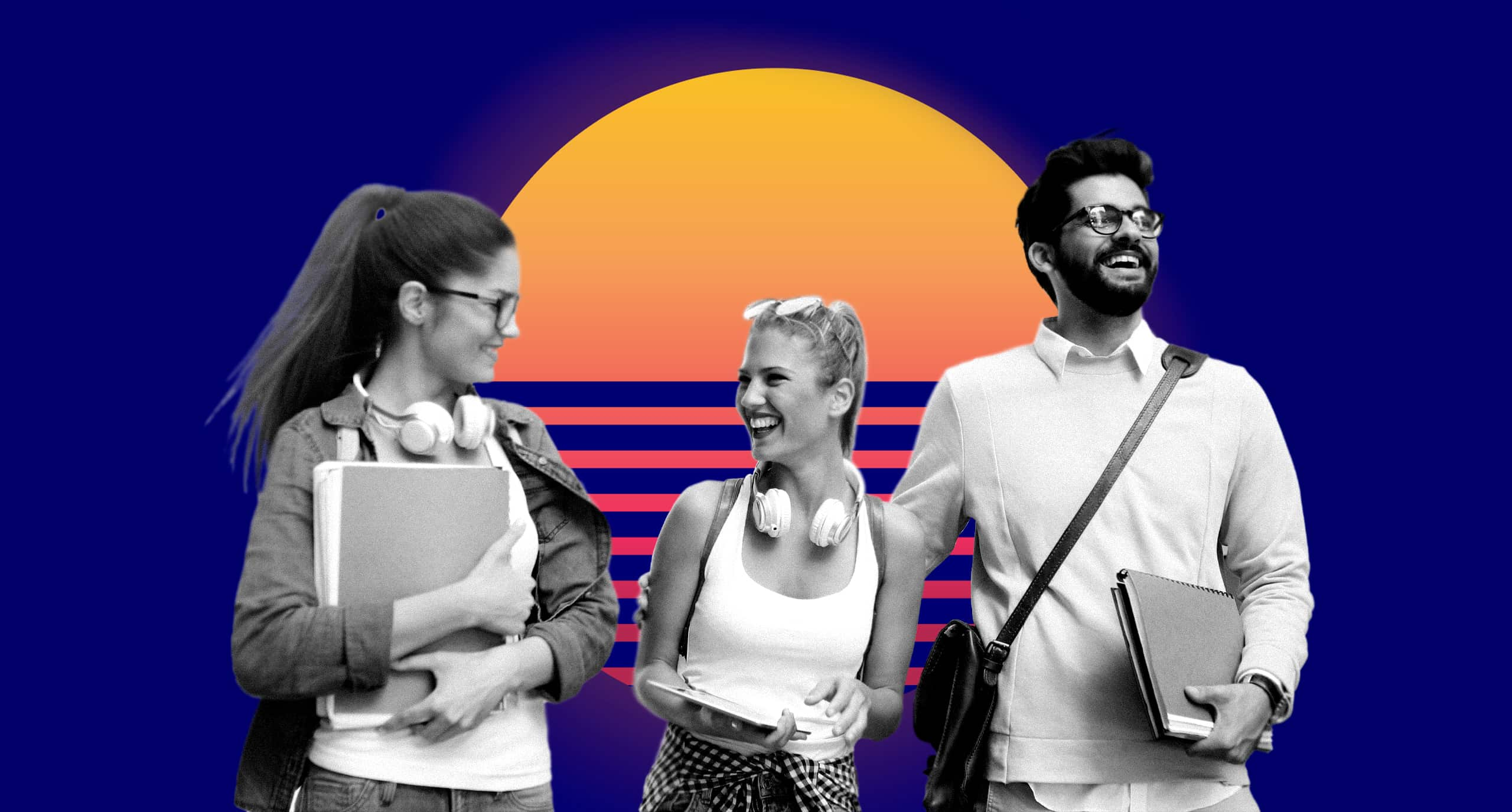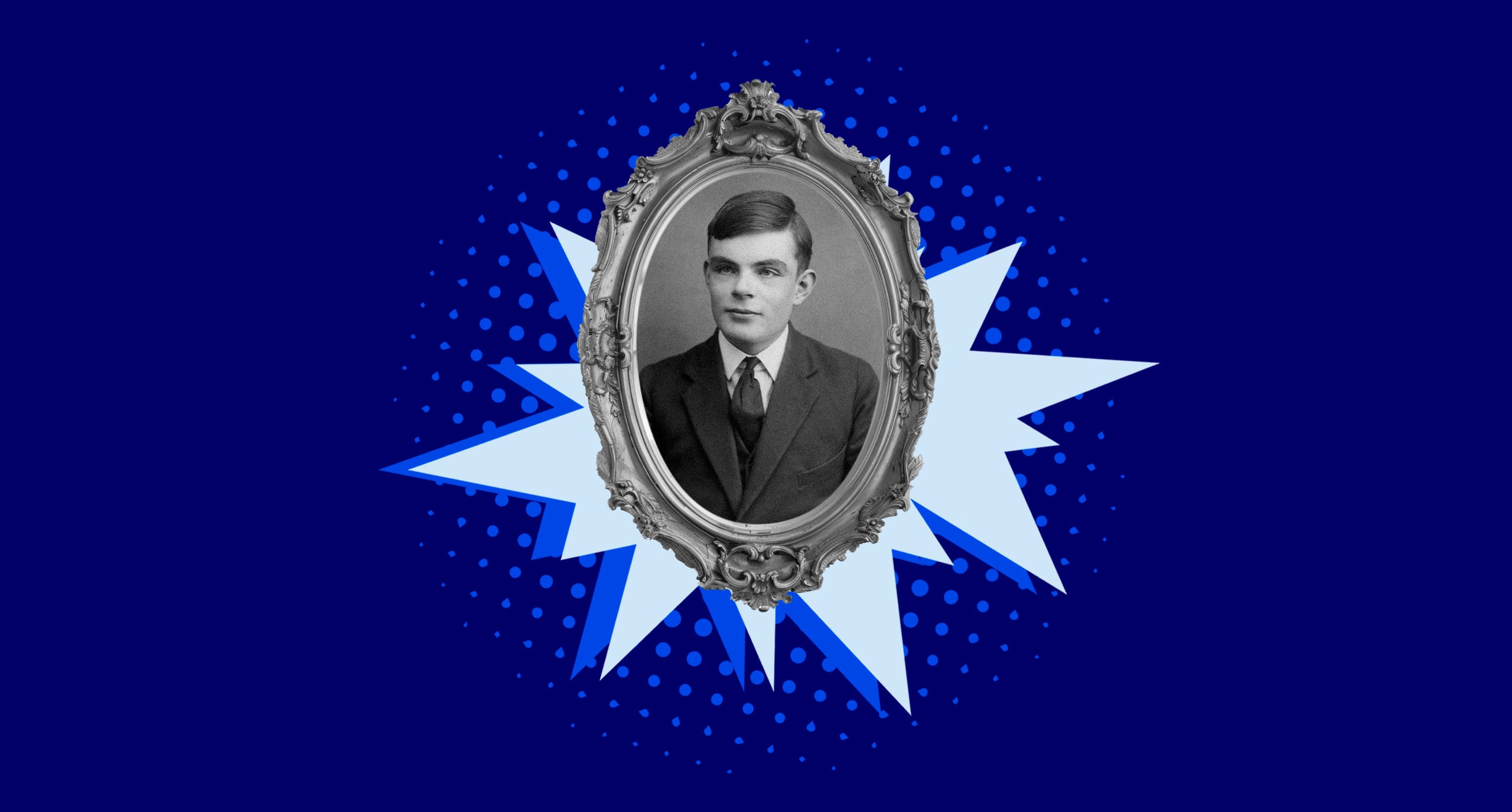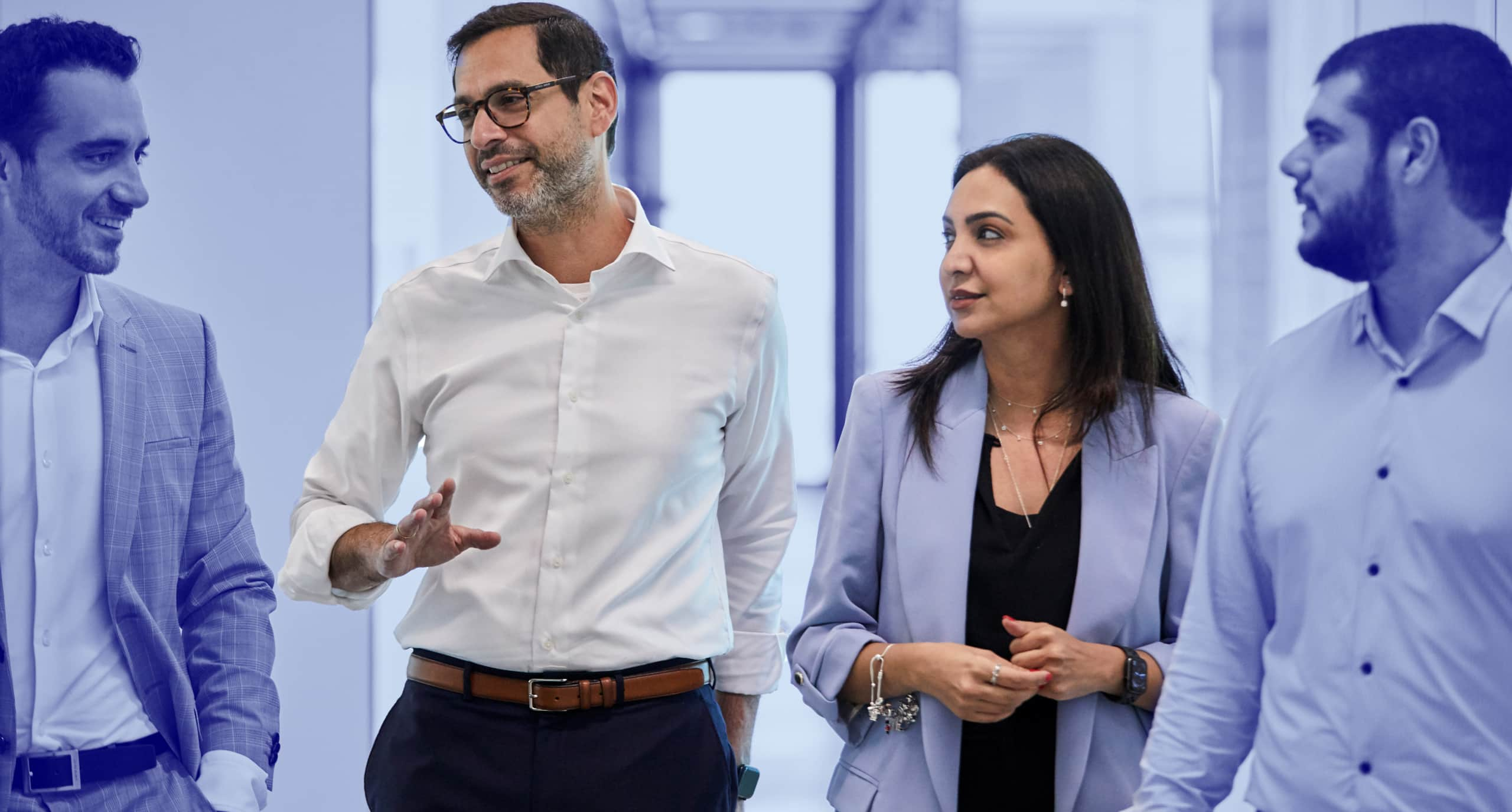In the last few decades, we’ve seen an increasing trend in society toward promoting the health benefits of sports and outdoor living, as well as an emphasis on the importance of leisure and entertainment. How do urban sports facilities fit into this? And why are they repurposing themselves as multifunctional venues, not just for sporting events, but as entertainment, hospitality and retail outlets? These were the questions posed at a recent masterclass “Real Estate on the Spot: Sports and the City” hosted by IE School of Architecture & Design.
Exploring the role of sports stadiums in the city
This innovative event featured three world-class speakers, each sharing their views from their own unique perspectives: Jack Sallabank, founder of Future Places Studio in the UK, a research and insight practice working with the built environment sector; Antonio Capilla Matarredona, managing director of TYPSA, a group of independent consulting engineering firms in Spain; and Pablo de la Fuente Fernández, former VP of project development at premium sports and entertainment experiences company Legends.
Following the presentations, questions were invited from both in-person and online attendees, resulting in a lively discussion and exchange of ideas.
Fittingly, the event was held at Santiago Bernabéu Stadium, home of Real Madrid—and Madrid’s third most visited attraction, with around a million visitors each year. It’s the perfect example of a stadium that has successfully broadened its scope beyond purely sporting events.
Reinventing sports venues: multifunctionality and versatility
Jack began by addressing the central issue: “Sports stadiums can’t just sit in a city and be used only 10% of the time and empty 90% of the time,” he stated. Instead, he believes that we need to consider how these venues can become more versatile and have a better relationship with the city, in addition to increasing revenue.
As an illustration of the current problem, he cited Wembley Stadium in London. It was originally designed purely as a sporting arena—but the surrounding area has no links to the stadium and there is no reason for anyone to visit it unless they are attending a sporting event or concert. Antonio added that stadiums are now competing with online streaming and have to differentiate themselves:
“We need to adapt the city today to the asset and the asset to the city.” – Antonio Capilla Matarredona
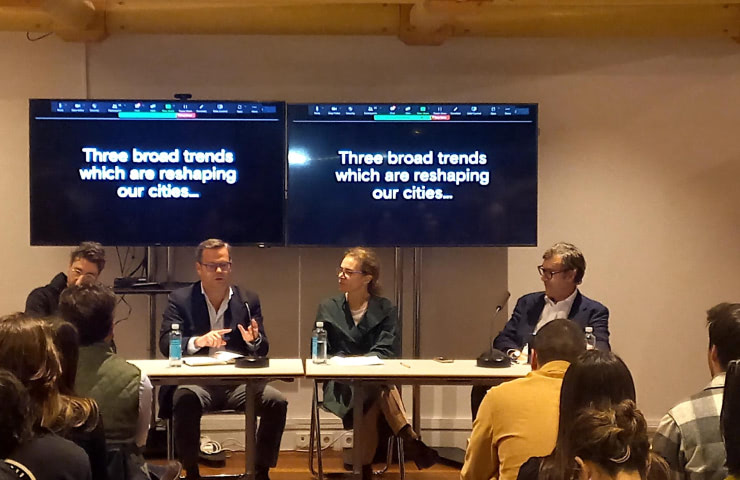
Jack spoke about his research findings on how stadiums can play a greater part in cities and our everyday lives. He identified three broad trends that are defining urbanism and reshaping our cities: livability, inclusivity and flexibility. These trends encompass social issues including sustainability, urban greening, inclusive design and the ability of urban spaces to accommodate a mix of uses and users.
He went on to outline his “manifesto for a future stadium.” How can we design a stadium that is both integrated into the city and acts as an anchor attraction in its local area to stimulate economic growth? Jack gave examples of stadiums in Denmark and Albania that have been designed around versatility, as well as the one used during the 2022 FIFA World Cup. Made entirely from shipping containers, it was dismantled and the containers recycled after the event—an efficient and sustainable solution.
Reimagining stadiums from a real estate perspective
Antonio has been involved in several innovative projects in Spain and around the world, including the renovation of Santiago Bernabéu Stadium. This was a complex, large-scale project that took 80 months and a team of more than 200 people to complete, with its design taking place in parallel with construction.
One of the most important elements of Santiago Bernabéu Stadium, Antonio emphasized, was the Museum, which has to be open every day, all year round. The hugely successful Football Museum in São Paulo, Brazil, was at the forefront of his mind during the design process. He succeeded in creating something similar in Madrid, combining a museum experience with sporting activities.
The Museum also incorporates augmented reality (AR) and virtual reality (VR) experiences, recreating what spectators would see if they were actually seated in the stadium. Antonio refers to this as “football as a service.”
Designing from operations: assets, revenue and partnerships
Finally, Pablo addressed the business issues around sports venues. How do they bring in revenue and where does it come from? He emphasized that we cannot “just think about football or people; we need to think about operations.” This includes sales, partnerships, hospitality, merchandise—especially omnichannel merchandising—technology, planning and legal technicalities.
For Pablo, thinking about sponsorship from a design point of view is crucial. This is what brings in revenue, as does hospitality. It is, he states, about “the quality of the services we are giving the users, so we can ask them to stay for more time and spend more money.”
Reinforcing points made by the other speakers, Pablo noted that we cannot view these assets with a silo mentality.
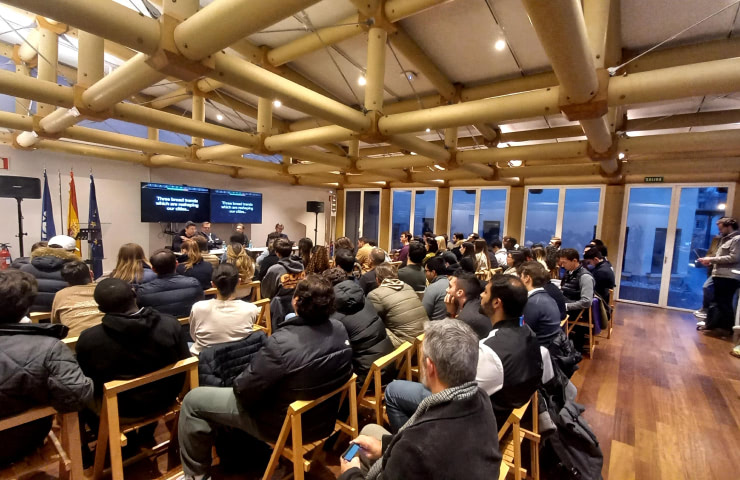
“You need to think about the city. What’s happening about sustainability? What’s happening to the citizens and what’s happening when the stadium is not being used for a football game?”
Instead, he suggested that we need to consider the assets surrounding the venue: should we build conference centers, hotels, shopping malls and more? This new influx of activity could change the fortunes of such areas and the city at large.
Events that inspire
This masterclass is just one of many opportunities our students have to engage with experienced professionals in the built environment, gaining inspiration for their own projects and future career paths.
If you want to know more about real estate, urbanism and the transformation of cities, take a look at the wide range of programs offered by IE School of Architecture & Design.
Leave your mark on the city of tomorrow
Our Masters in Real Estate Development programs provides all the tools you need to gain an in-depth and well-rounded understanding of the world of real estate development.

